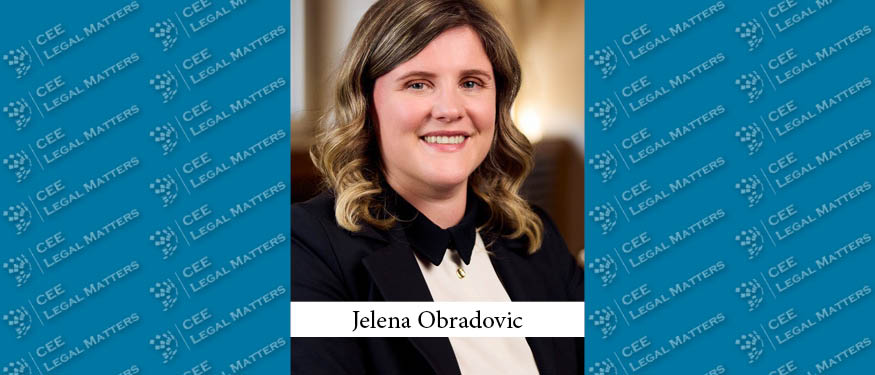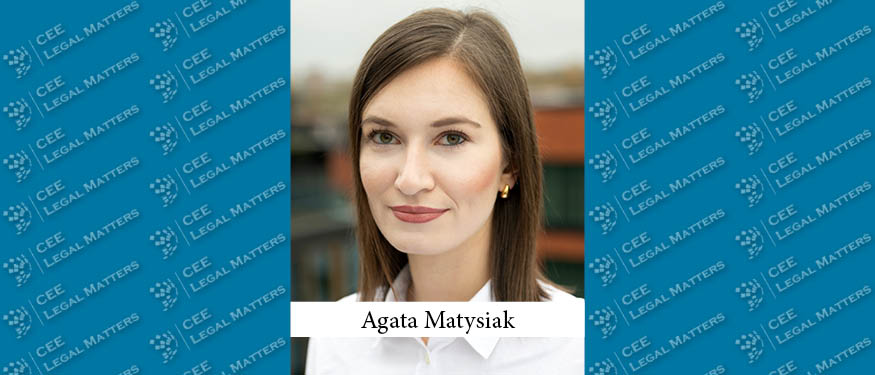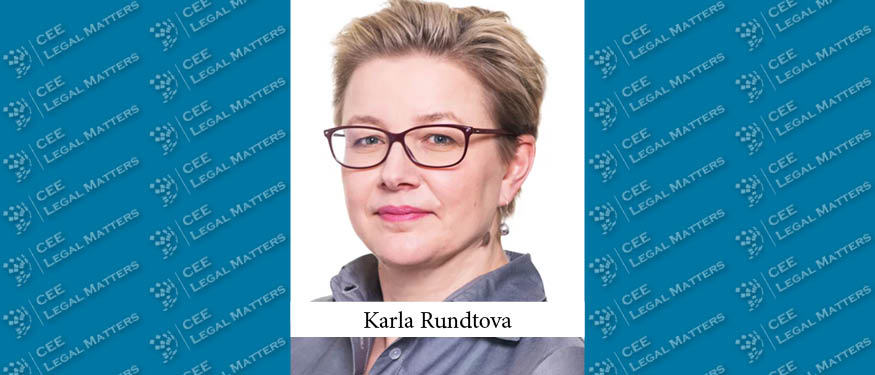1 March 2024 marks the date when the Transformations Act No. 309/2023 came into force in Slovakia. This regulation comprehensively outlines the procedures for national and cross-border mergers, divisions, and conversions of companies and cooperatives, moving away from the previously scattered provisions in the Commercial Code.
It transposes, albeit belatedly, Directive (EU) 2019/2121 of the European Parliament and of the Council. Regrettably, the transposition is once again gold-plated, as it adopts stricter rules not only for joint-stock companies but also for other types of companies.
Mergers and Divisions
All forms of commercial companies and cooperatives will be able to participate in mergers and divisions, provided all companies involved have the same legal form. The exception to this rule continues to be the merger of a limited liability company or a simplified joint-stock company with a joint-stock company, should the successor company be a joint-stock company.
The division, i.e., the transfer of part of the capital shall be permitted only for limited liability companies and joint-stock companies.
A significant innovation introduced into the Slovak corporate landscape by the Transformations Act is the option of a spin-off (odštiepenie). The possibility to carve out only some of the assets, rights, and obligations and move them to another legal entity, without the divided company ceasing to exist (hereinafter referred to as “spin-off”), was not available under the former regulations found in the Commercial Code. We will elaborate on the advantages of spin-offs in the next article.
The Transformations Act also covers quite extensively cross-border mergers and divisions.
New Procedures
- According to the Transformation Act, the basis of each transformation will be the so-called transformation project, which replaces the previous merger/division agreement. The Transformation Act contains general content requirements of the transformation project as well as specific requirements for capital companies.
- The approval of the draft of the project must be in the form of a notarial deed in the case of capital companies.
- Various quorums apply to the approval of the draft of the project. In the case of personal partnerships, the consent of all shareholders is required. In the case of capital companies, approval of at least two-thirds is required (unless the Memorandum/Articles of Association set forth otherwise). In the case of vertical mergers or divisions, the consent of the general meeting is not required if specific conditions are fulfilled.
- In all cases of mergers and divisions (including vertical ones), an audit report will be required and will not be substitutable by an expert opinion as was the case under former provisions contained in the Commercial Code. In the case of capital companies, the audit report may, under certain conditions, be prepared prior to the approval of a draft of the project.
- A pledgee pledging its shareholding in the participating company shall notify the creditor about the project (instead of the company).
- The notification obligations have not changed significantly. It remains important to keep in mind the obligation to notify the merger or division to the Tax Office (60 days ahead of its approval) and publish the draft of the project (at least one month ahead of its approval).
- Invalidity of merger/division can be claimed within 6 months from the date of its effectiveness.
- The creditors may still request that their receivables are secured if due to the merger/division the enforceability of these receivables is worsened. However, the creditors may raise this request only within a period of 6 months from the date of its effectiveness.
Liability of Executives
The Transformation Act also includes special joint and several liabilities for damages by members of the statutory body in case of breach of their legal duties during mergers/divisions. These individuals are jointly and severally liable for any damage they cause to the company, of which they were members of the statutory body at the time the obligation arose, as well as to its partners.
Furthermore, members of statutory bodies are liable to creditors for any damage they cause if they did not refrain from actions leading to the transformation, or carried out the transformation of the company where (a) the successor company was insolvent, or insolvency was imminent, (b) after the division, the divided company would be insolvent, or insolvency was imminent, or (c) the transformation was not permissible (under Section 3 (5)).
At the same time, general provisions on the liability of the statutory body apply.
Change of Legal Forms
When it comes to the change of legal forms, the news is that:
- A limited liability company will be able to convert to a simplified joint-stock company (and still to a joint-stock company and cooperative);
- A joint-stock company will be able to convert to a simplified joint-stock company (and still to a limited liability company and cooperative);
- A simplified joint-stock company will be able to convert to a joint-stock company (and still to a limited liability company);
- A limited partnership will be able to convert only to an unlimited partnership;
- A cooperative will be able to convert only to a joint-stock company and still to a limited liability company.
The Act also introduces the cross-border change of legal form when it relocates its registered seat to another Member State and at the same time changes the legal form.
To Be Continued: Our series will continue to unpack the nuances of these procedures, offering a practical lens on the transformations reshaping Slovakia's corporate sphere. Next up, we'll take a closer look at spin-offs, a pivotal addition to the Slovak M&A toolkit.
By Katarina Mihalikova and Ivan Kormanik, Partners, Majernik & Mihalikova, PONTES
















